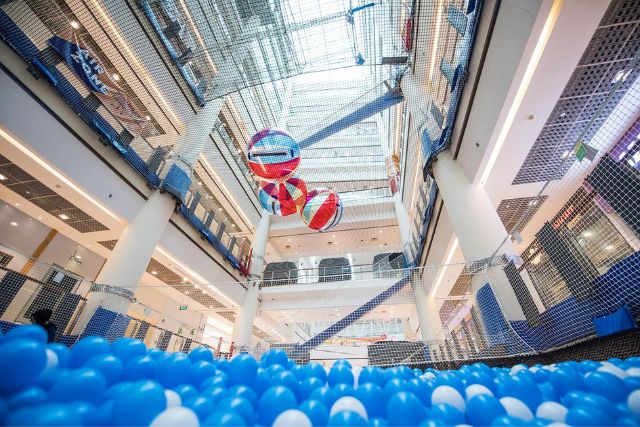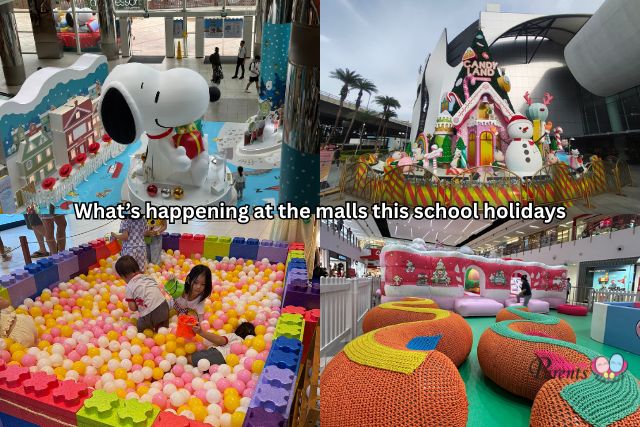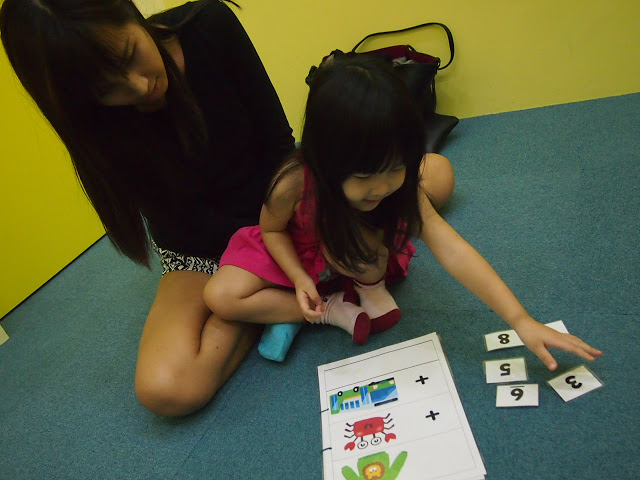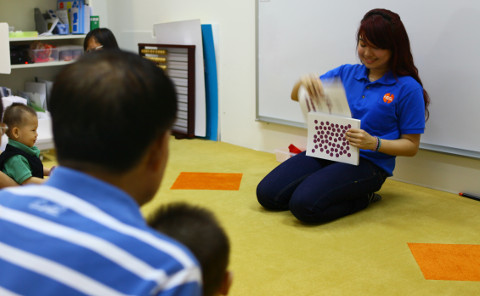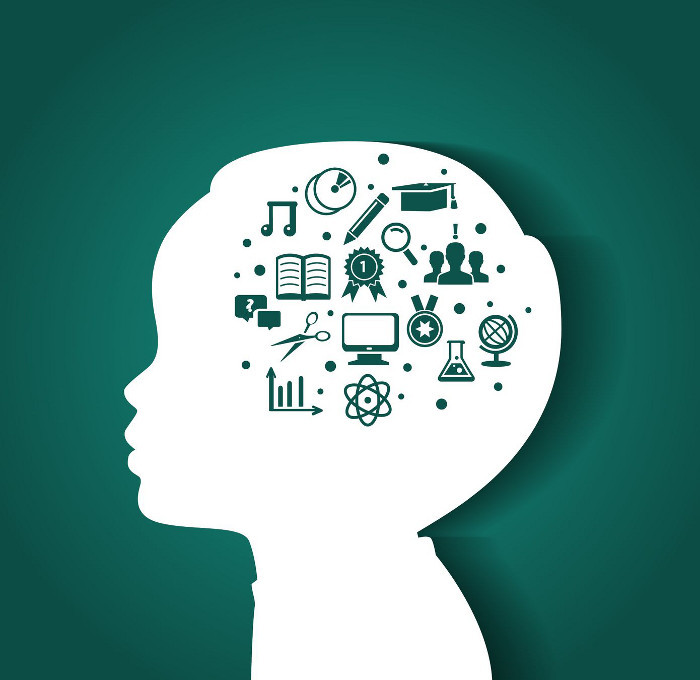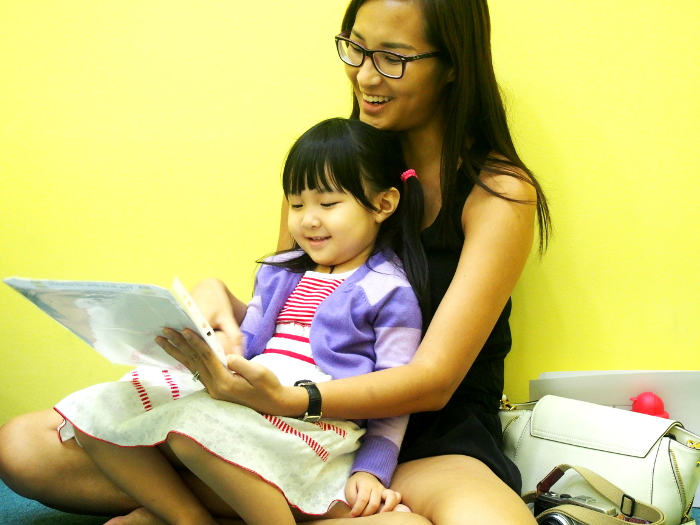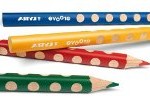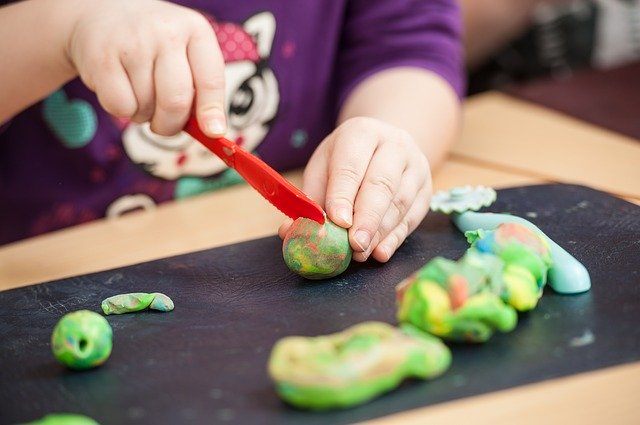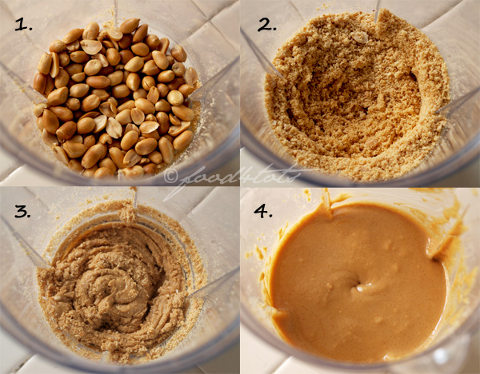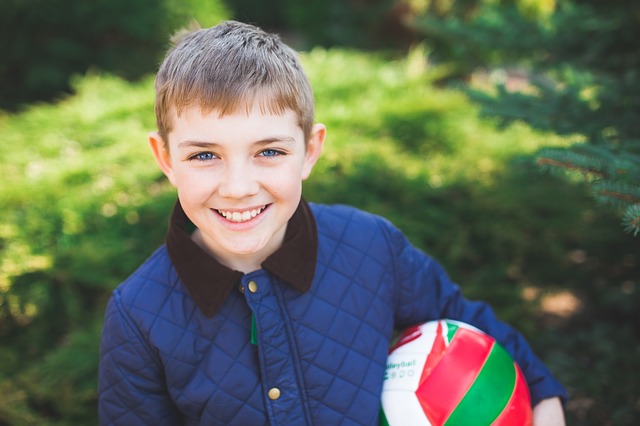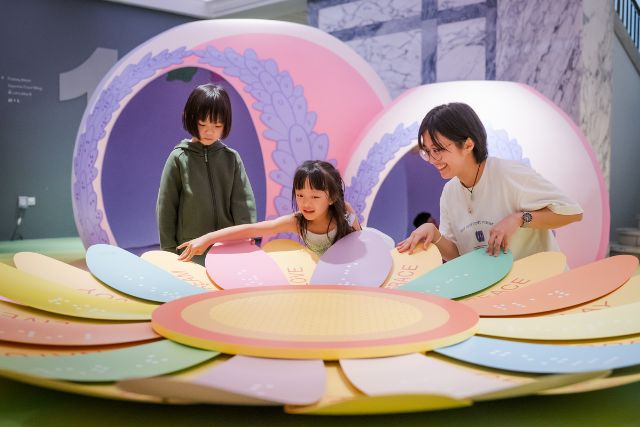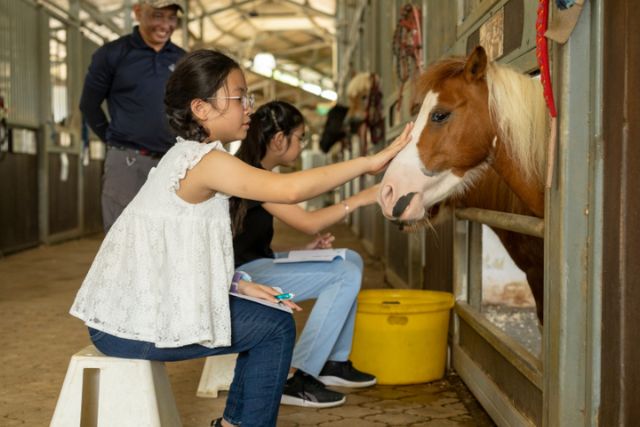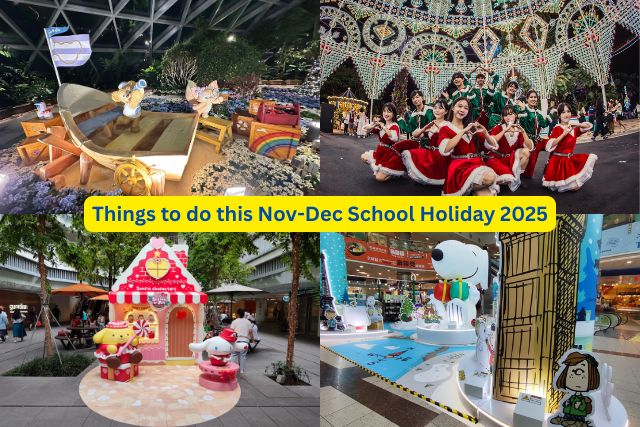In the third part of our Heguru special series, Michelle Hon shows us how she reinforced what her daughters learnt at Heguru classes at home.
If you’ve read my last post on Heguru, you will recall how I find the ‘Parent’s Lecture’ given at the end of every class to be very useful. The handout explains the purpose of the activities conducted and how parents can replicate the same teaching methods at home. Here are examples of the home activities which I did with my two girls, Lauren and Georgia.
1. Number activities
These activities aim to improve a child’s mental calculation by visualisation, as well as reinforce the number concept.
In a Heguru class:
- To teach subtraction, each child is given a handout consisting of 10 pictures, five on each row. Parents ask their child what is “10 minus 2” and ask him or her to remove two pictures to determine how many is left.
- A child is tasked to follow the instructions on a recipe given, count and put the respective number of each ingredient (cheese, onion, tomatoes) on the omelette.
- Heguru teachers use an abacus to count 1 to 100.
- To teach addition, a worksheet with different objects on each page. A child is tasked to count them and pick the correct number as the answer.
- Using abacus to count 1 to 100.

At home:
- I included my girls in baking sessions and asked them to help me count the cups of flour, sugar and butter that were needed. They were also tasked to add a specific number of chocolate chips on each cookie.
- For older children, you can also give your child a simple shopping list and challenge them to gather all the required items during your frequent trips to the grocery store.
2. Photographic memory
In a Heguru class:
- This is taught by flashing an image with three different objects on it. Each child will be asked to place the objects in the correct order.
- After flashing a series of numbers, children will write the numbers down.
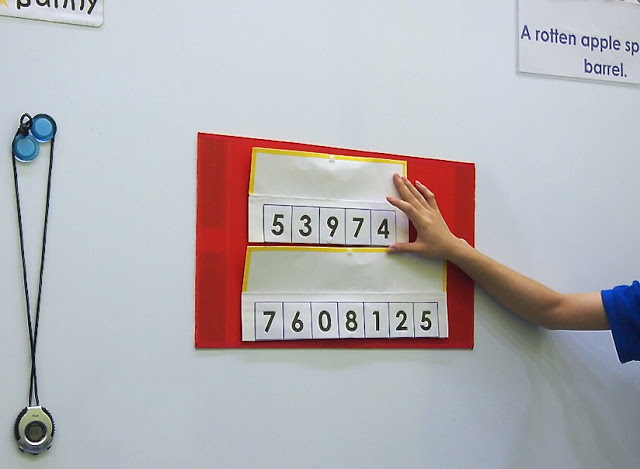
At home:
- Use lego or big stacking bricks. You’ll need two sets of bricks – one for yourself, and another for your child. Arrange the bricks and show your child for three seconds. Next, have them replicate the pattern of the bricks that you showed earlier.
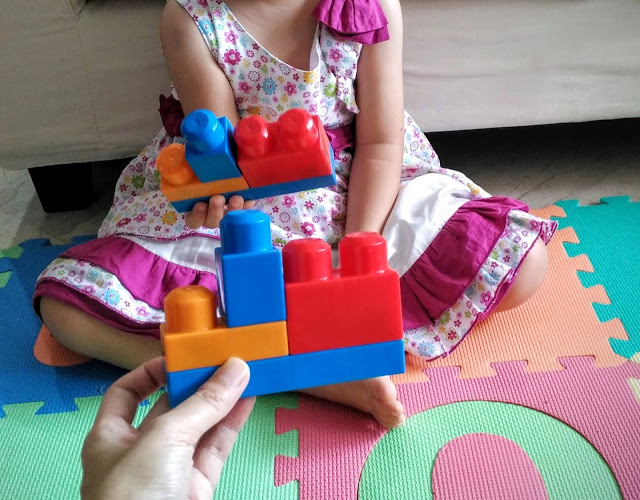
- Memory match game. Lauren and Georgia absolutely love this Frozen memory match cards. I spread the cards face down on a flat surface. They take turns turning over two cards at a time. If two cards are turned over are the same, it stays face up. If the cards do not match, cards are turned back over in the same place until all matches are found.
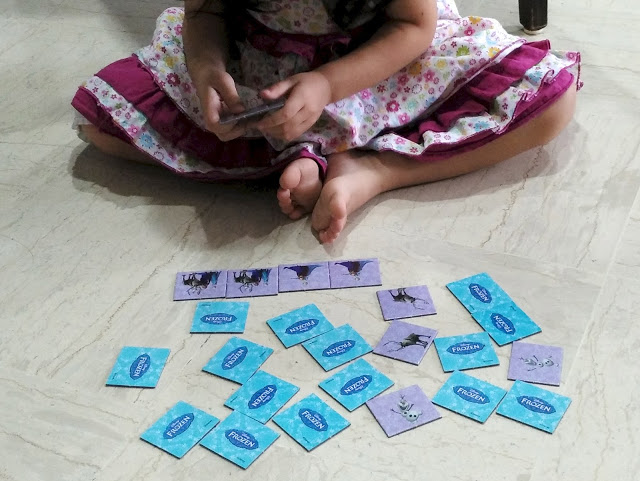
3. Link memory / Story memory
In a Heguru class:
- The teacher places cards in the order of the story told. We make up a story together based on the order of the cards. Another set of number cards are placed on of the picture cards and children are asked to re-tell the story.
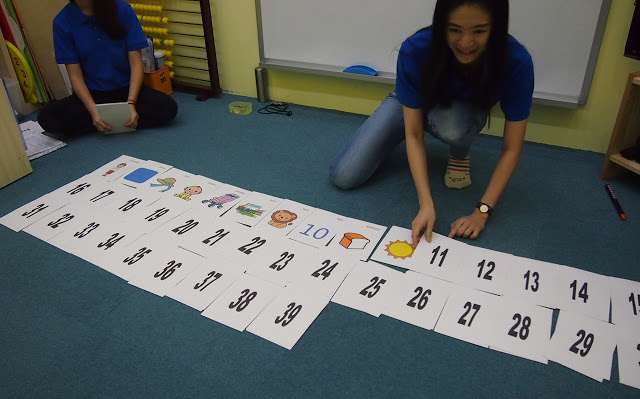
At home:
- We use our own flash cards. But instead of using 40 cards at one go, we only go up to 10 cards. If you don’t have flash cards, you can search for images online and print them out on your own.
4. ESP (Extrasensory Perception)
ESP, or extrasensory perception, is believed to be one of right brain’s abilities. All babies are born with this ability but as we grow, we move from right brain predominance to left brain predominance, and eventually lose this extrasensory ability.
By training the right brain and practicing ESP while young, it helps to maintain the ability and balance out the right brain and left brain predominance as we grow older. ESP is broken down into five categories: Telepathy, Clairvoyance, Precognition, Tactility and Telekinesis.
While we are not bending spoons with our minds in class, here are some example of ESP activities the kids do in a Heguru class:
- Telepathy: The teacher shows three different images to the class. She picks one without showing it to the children. She ‘sends’ the image she picked to the child via telepathy. Given a few different cards, each child is to pick the correct one based on the image they have received in their mind from the teacher.
- Clairvoyance: Teacher shuffles two cards facing down – one with yellow dots and another with blue dots. Children attempt to “see” through the cards and pick the right one with the yellow dots.
- Precognition: While the teachers shuffles a deck of cards, she asks each child to guess the final card that would end up at the top of the deck before she stops shuffling.
At home:
- Right before I hand the girls their M&Ms chocolate or jelly beans, I make them guess the colour of the chocolate or jelly bean and which hand is holding on to their treat.
- Lauren is very specific about which outfit she wears every day. I ask her to guess which drawer has the particular clothing.
- I put three lego blocks (red, blue, yellow) in a bag and ask the girls (one at a time) to reach in, grab a block and guess which colour she is holding.
5. Categorising
Children learn to associate items with their categories. It expands their general knowledge by exposing them to different items and their similarities of the same group.
In a Heguru class:
- Children are asked to place items into boxes with shop names on them – Bakery, Bookshop, Florist, Fruits.
- Children learn to identify living things and non-living things. They will classify living things and non-living things accordingly. For example, people, animal, plants (living things) and nature and man-made items (non-living things).
At home:
- I used flashcards and ask Lauren and Georgia to sort them according to their categories, like furniture, food, vegetables, animals etc. Ours is in Chinese, so I’m teaching them another language at the same time!
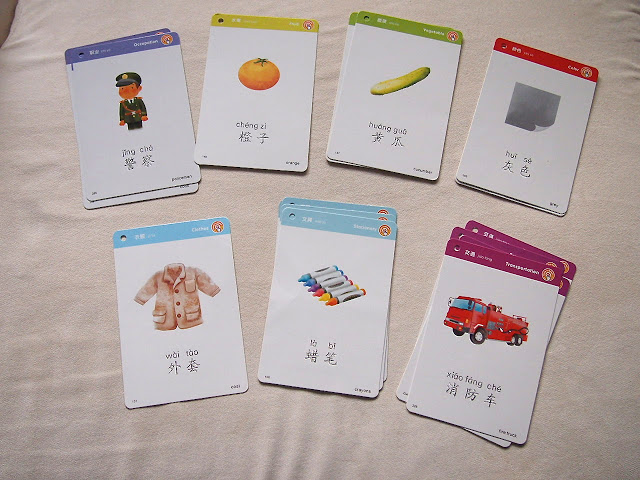
- When we do our grocery shopping, I often ask the girls which section of the supermarket to find a specific item. For example – ‘bread from the bakery’, ‘orange from the fruit section’ and ‘milk from the dairy fridge’.
6. Odd one out
Taking categorising a step further, this activity strengthens the observation skill and cognitive thinking of a child as she needs to first examine all the items in the category, come to a conclusion what is the stated category before eliminating the odd item out.
In a Heguru class:
- A child is given a ‘X’ and tasked to place it on the item that doesn’t belong to the category.
At home:
- On a daily basis, I often point out a group of things and get the girls to name the odd one out. For example, a grey car in a row of white cars in a parking lot, a boy with a group of girls or a rugby ball in a basket of round balls.
7. Letter Recognition
It is crucial for children to be able to recognise alphabets and the phonetic sounds connected to the alphabets in order to be literate.
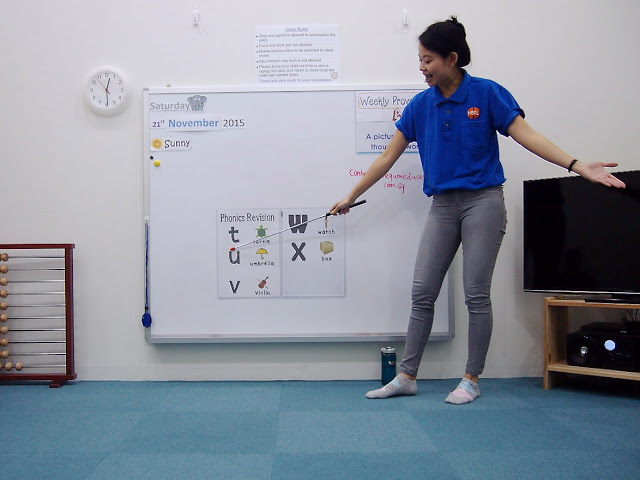
In a Heguru class:
- Children learn by tracing the letters with their fingers and a pencil.
- They read simple poems, emphasising on specific sounds and spin letters and pictures on a roulette.
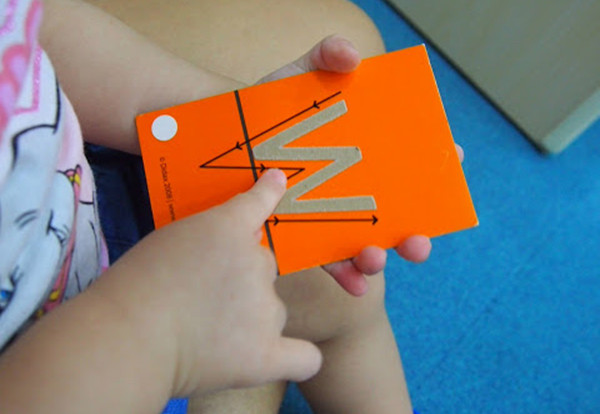
At home:
- I jumble up alphabet blocks, pick one out, ask my girls to sound it out, and give an example of words which starts with the same alphabet. Georgia loves getting the letter ‘G’ because she can proudly says ‘G’ is for Georgia.
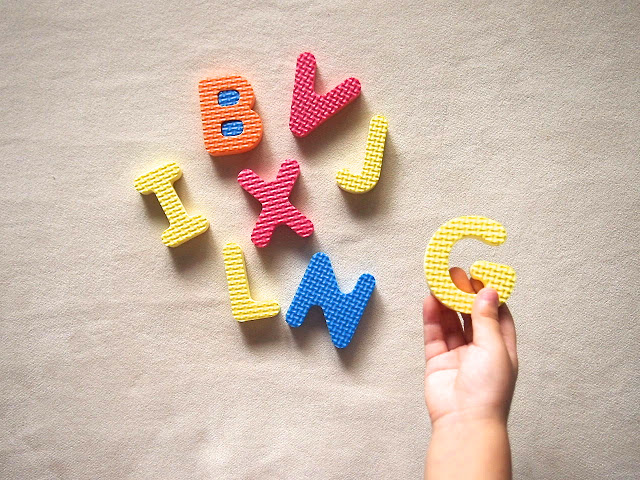
Always remember to have fun!
I hope this post gives you some ideas on how to conduct right brain training lessons at home. Most importantly, make it fun for your child. All the activities listed here takes less than five minutes to complete. I aim to do at least two to three activities with the girls every day. You can also purchase the lessons materials directly from the various Heguru Education Centre branches.
As it says at the bottom of every ‘Parent’s Lecture’ – Always remember to encourage and praise your child. Every child enjoys learning in a positive environment.
Heguru Education Centre has a new branch at Puggol Waterway Point! Call 6385 1588 to find out more or check out their website: www.hegurueducation.com.sg
Heguru Education Centre has been selected as one of the nominees for The New Age Parents Choice Awards! To cast your vote, head over to The New Age Parents Awards 2019 – Cast Your Votes Now! and stand to win attractive prizes. Voting ends on 15 Sep 2019.
This is the third part of The New Age Parents and Heguru Education series. In the next part, Mum Blogger Michelle Hon will share how much her girls have progressed since the first lesson at Heguru Education six months ago.
Michelle Hon is a mother of two, writer and founder of The Chill Mom Baby Planner & Maternity Concierge. A certified early childhood educator, she has helped many busy mothers-to-be plan and manage the arrival of their babies. Michelle has been featured on The Asian Entrepreneur and Harper’s Bazaar Kids. Besides being a contributing writer at The New Age Parents, Michelle shares her motherhood tips and experience on her website at www.thechillmom.com
Part 1: Right Brain Training For Your Baby and Toddler
Part 2: What Goes On In A Heguru Class
If you find this article useful, do click Like and Share at the bottom of the post, thank you.
Like what you see here? Get parenting tips and stories straight to your inbox! Join our mailing list here.



















